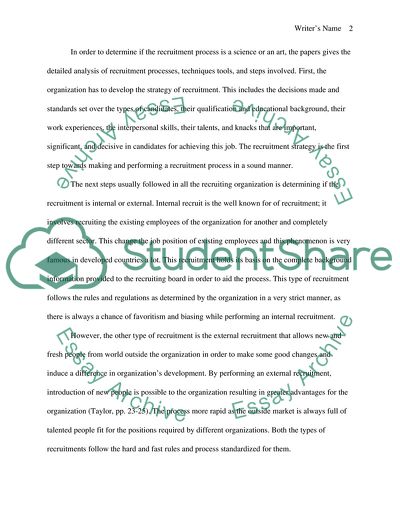Cite this document
(Employee Recruitment and Employee Selection Processes Coursework, n.d.)
Employee Recruitment and Employee Selection Processes Coursework. Retrieved from https://studentshare.org/human-resources/1730750-dont-do-plagiarism-work-on-hrm
Employee Recruitment and Employee Selection Processes Coursework. Retrieved from https://studentshare.org/human-resources/1730750-dont-do-plagiarism-work-on-hrm
(Employee Recruitment and Employee Selection Processes Coursework)
Employee Recruitment and Employee Selection Processes Coursework. https://studentshare.org/human-resources/1730750-dont-do-plagiarism-work-on-hrm.
Employee Recruitment and Employee Selection Processes Coursework. https://studentshare.org/human-resources/1730750-dont-do-plagiarism-work-on-hrm.
“Employee Recruitment and Employee Selection Processes Coursework”. https://studentshare.org/human-resources/1730750-dont-do-plagiarism-work-on-hrm.


